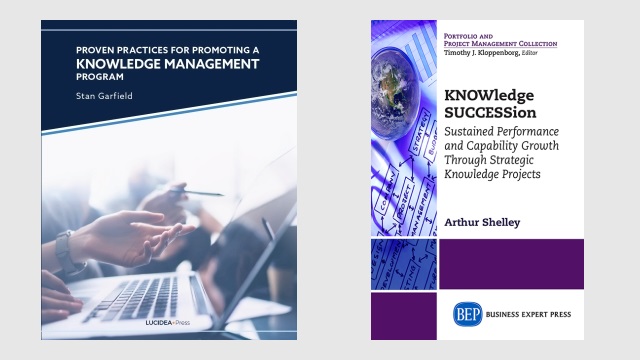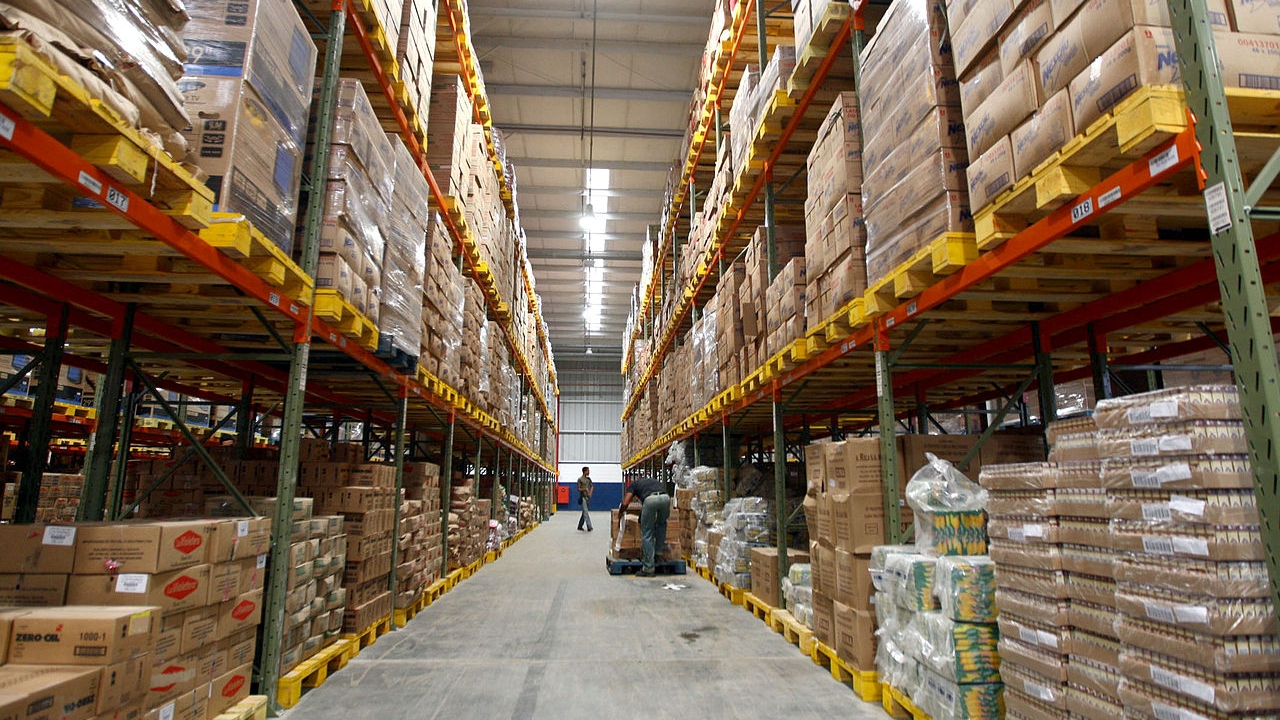
KM in project-based & temporary organisations: Part 5 – Systemic Lessons Learned Knowledge (Syllk) model
This article is part 5 in a series of articles on knowledge management (KM) in project-based and temporary organisations.
As indicated in the first three parts of this series of articles, effective lessons learned approaches are a critical aspect of knowledge management (KM) for project-based and temporary organisations. “Lessons learned” approaches facilitate learning from mistakes or difficulties, with the aim of preventing such problems in the future. The previous part (part 4) focused on lesson learning within projects, and this part (part 5) focuses on lesson learning between projects.
The Syllk model
In a University of Southern Queensland doctoral thesis1, Duffield cites a number of studies to highlight a general trend in organisations failing to learn from their projects, which contributes to repeated failure in future projects.
He states that this failure is not for the want of opinions, guides, models, and methods on lessons learned, alerting that:
Generally speaking, there are many opinions and guides, but little practical advice regarding workable processes that effectively enable the organisation to learn from past project experiences.
In response, Duffield carried out a series of action research studies, which he reports on in his thesis. These studies revealed that for organisations to be able to effectively learn from their projects, knowledge capability needs to be “wired” across the people and systems of the organisation.
Duffield has identified six people and systems variables: learning, culture, social, technology, process, and infrastructure. He advises that the way in which these variables are “wired” can be illustrated through a “Swiss cheese model” in which the six variable elements can each be visualised as a slice of Swiss cheese, where:
the open holes (facilitators) in each element represent the various facilitators (lessons learned practices) within each of those elements that need to be aligned to enable the effective dissemination and application of the lessons.
The resulting Systemic Lessons Learned Knowledge (Syllk) model (pronounced “silk”) is shown in Figure 1.
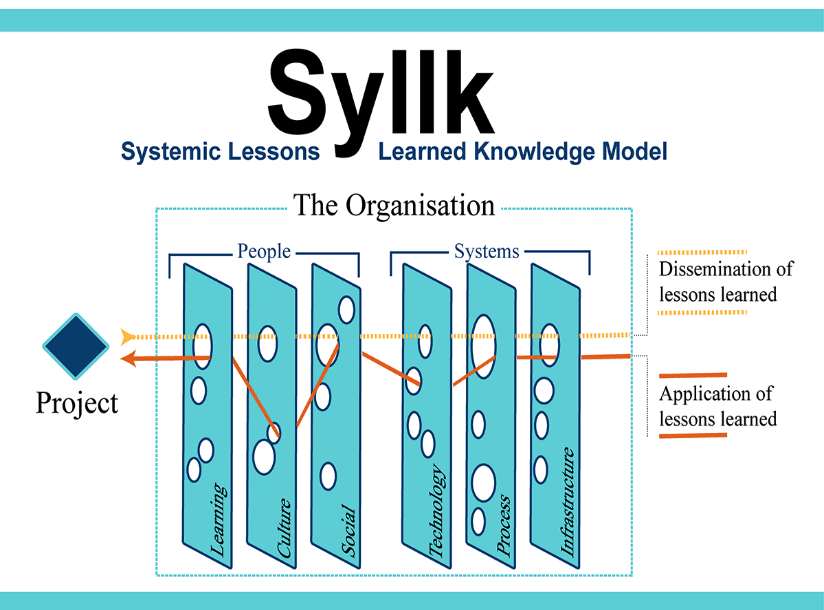
As shown in Figures 2 and 3, implementing the Syllk model involves identifying the knowledge barriers for each element (the slices of Swiss cheese) and the wired facilitators that can overcome these barriers (the holes in each slice of Swiss cheese, and the aligned pathway through them).
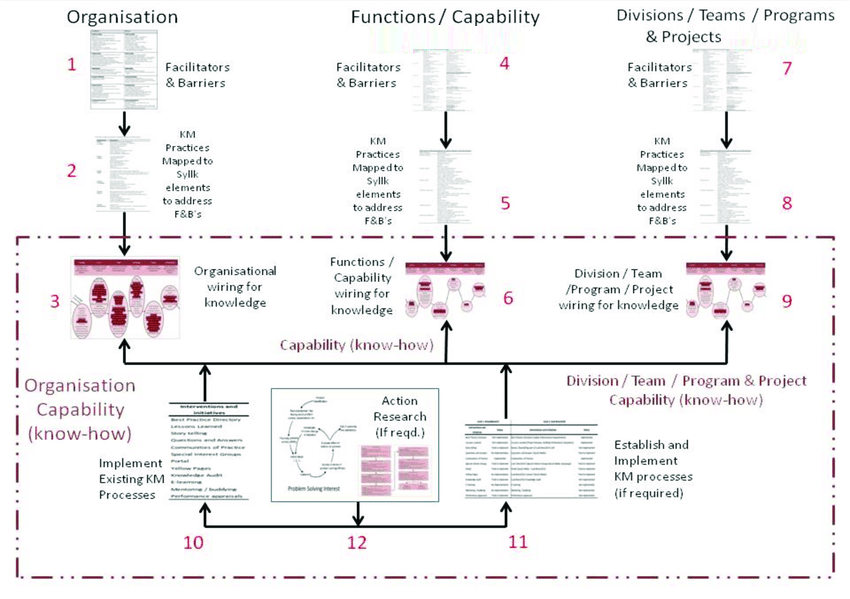

Examples of Syllk model wiring
Two examples of Syllk model wiring (that is, the capability network diagrams developed in steps ID 3, 6, and 9 above) are shown in Figures 4 and 5:
- Syllk model wiring an organisation for the capability of an online community of practice2
- Syllk model wiring an organisation for the capability of storytelling3.
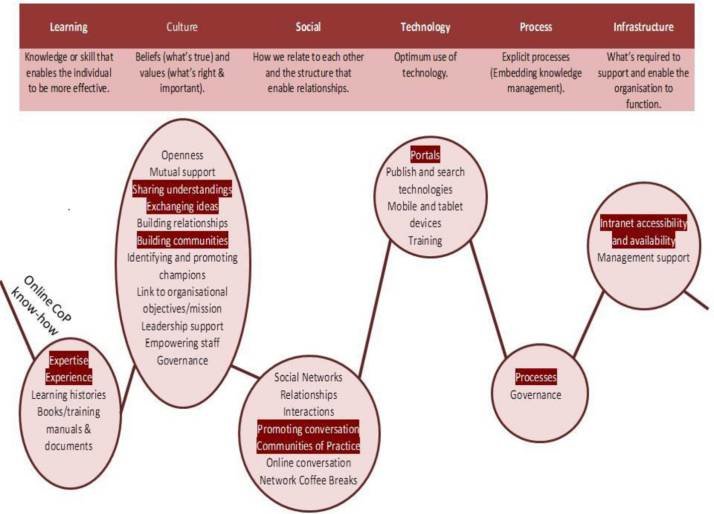
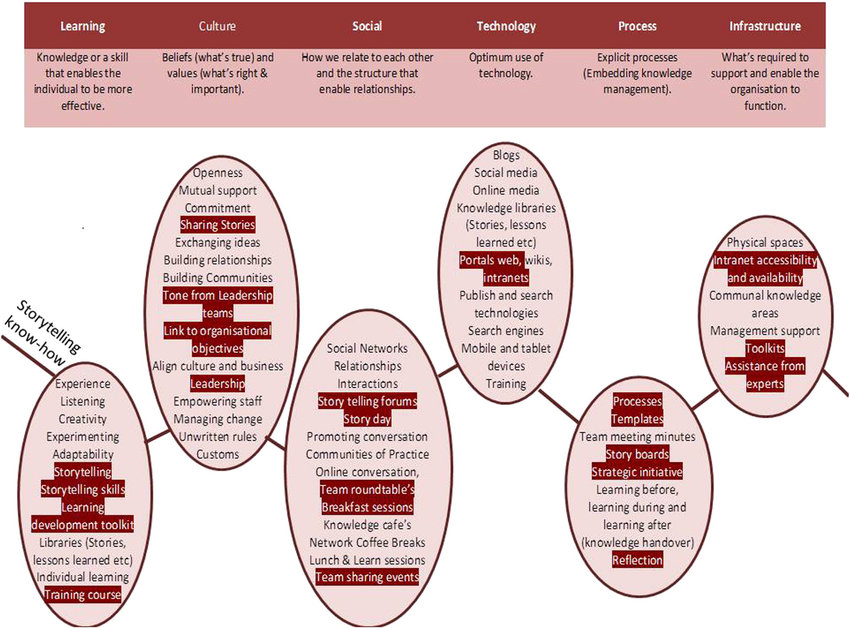
Next part (part 6): Using a risk causation model to capture and transfer knowledge.
Header image source: Alvaro Reyes on Unsplash.
References:
- Duffield, S. M. (2017). An advanced systemic lesson learned knowledge model for project organisations (Doctoral dissertation, University of Southern Queensland). ↩
- Duffield, S., (2016). Application of the Syllk model wiring an organisation for the capability of an online Community of Practice. VINE Journal of Information and Knowledge Management Systems, 46(2), 267-294. ↩
- Duffield, S., & Whitty, S.J. (2016). How to apply the Systemic Lessons Learned Knowledge model to wire an organisation for the capability of storytelling. International Journal of Project Management, 34(3), 429-443. ↩
Also published on Medium.



